What Exactly Is a Mandala, Anyway?
Mandalas are among the best known Buddhist icons in the world today, and their popularity is underscored by the use of the word mandala as a synonym for sacred space in Western scholarship and by its presence in English-language dictionaries and encyclopedias. Both broadly define mandalas as a geometric design intended to symbolize the universe, and reference is made to their use in Buddhist and Hindu practices. The Sanskrit noun mandala means any circle or discoid object such as the sun or moon. In etymological studies, it is sometimes divided into manda – cream, best part, highest point – and la – signpost or completion. The combination is explained as a place or point which contains an essence. In the Vedic Brahmanas, some of the India’s earliest and most influential pre-Buddhist philosophical texts, mandala already signifies a sacred enclosure and is, at times, understood to mean a place created for the performance of a certain ritual or practice, or for the use of a great teacher or mystic.
Although mandalas have long been made in many materials – including sand, thread, and butter – the brightly colored and complex painting of Tibet (and to a lesser extent Nepal) are most familiar to contemporary viewers…. Mandalas are often described as cosmoplans in both the external sense, as diagrams of a cosmos, and in the internal sense, as guides to the psycho-physical practices of an adherent. Fundamentally however, mandalas represent manifestations of a specific divinity in the cosmos and as the cosmos. As such they are seen as sacred places which, by their very presence in the world, remind a viewer of the immanence of sanctity in the universe and its potential in himself. They thereby assist his progress toward enlightenment……The complicated imagery of Tibetan mandalas is detailed in texts such as the Sadhanamala or Nispannayogavali, which contain chapters devoted to the arrangement of different types of mandalas and their symbolism. They also describe the spiritual and mundane benefits obtained by creating, looking at, praying to, or meditating on these icons.
Texts such as these were brought to Tibet from the Pala kingdom (about eighth to twelfth c.ce) of eastern India during the second major transmission of Buddhism in the late eleventh and early twelfth centuries. Palace-architecture mandalas, terrifying deitiesand other iconographic types associated with these texts became prominent in the twelfth and thirteenth centuries, reflecting the spread of Unexcelled Yoga tantra during this period. Despite historic records of the transmission of these texts from India to Tibet, however, little visual evidence exists of palace-type mandalas prior to their first appearance in the Himalayas, making it difficult to trace their evolution in the art of Asia. Nonetheless, mandalas of this type can be understood as a visual synthesis of several core concepts that underlie many forms of Buddhist imagery. These include the use of a sacred space for a spiritual process; the existence of innumerable buddhas, some of whom are not bound by time and space; the ability of these deities to create and maintain their own worlds; and the importance of mandalas as symbols of those worlds and the processes that occur within them. An understanding of the ways in which palace-architecture mandalas exemplify these ideas provides a paradigm for the development of Buddhist imagery in Asia and explicates the centrality of artistic representations of mandalas to broader religious traditions.
Excerpt from: Mandala The Architecture of Enlightenment, Denise Patry Leidy (edits ours due to space constraints). Catalogue available at Tibet House us.


